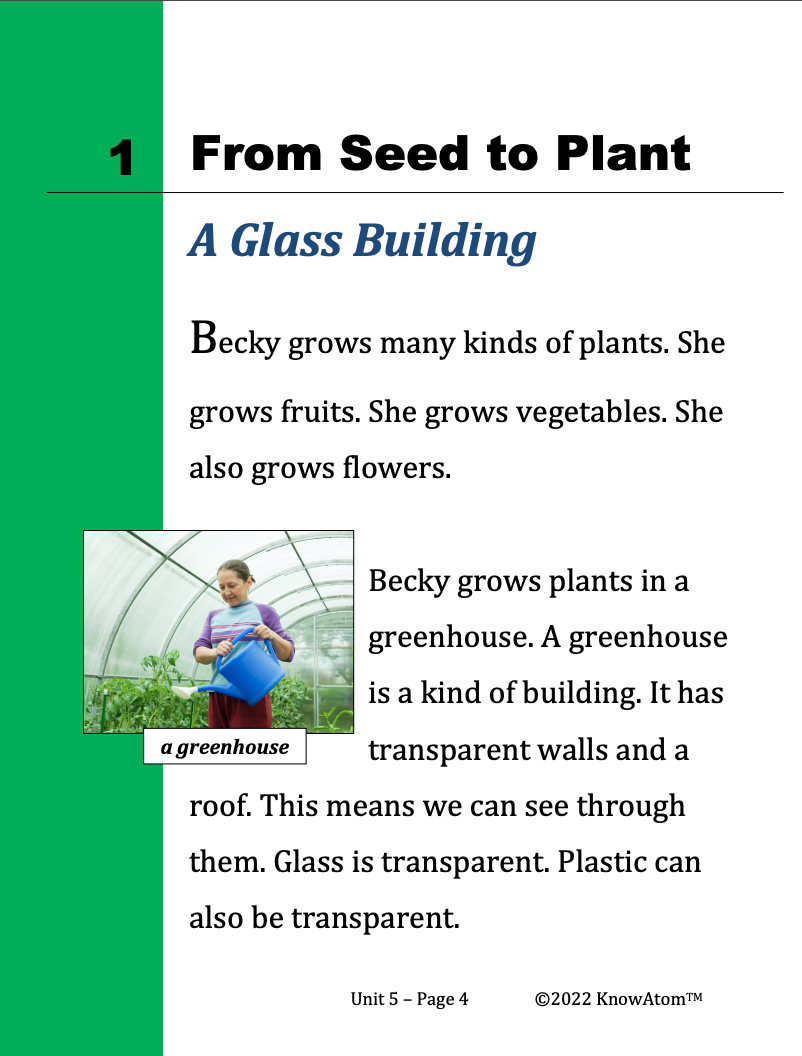
In this unit, students explore how plants have different parts that help them get what they need to survive from the environment. They begin with experiments that investigate the cause-and-effect relationship between water, light, and the ability of plants to grow. This page is a high-level extract of the second lesson in which students explore flowers.
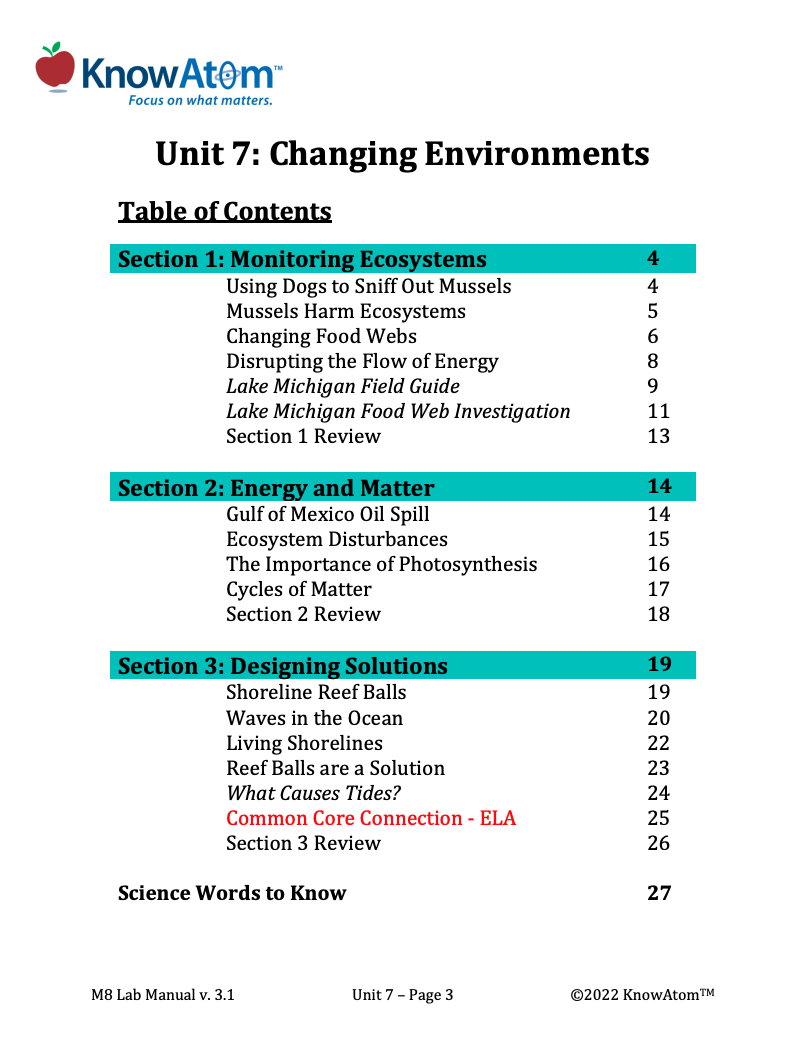
In this unit, students are introduced to the dynamic nature of ecosystems and how disturbances affect them. In this lesson, students observe the effects of an oil spill on the ability of plants to photosynthesize, which can harm an entire ecosystem. This page is a high-level extract of this lesson.
.png)
In this unit, students explore the phenomena of rocky shore ecosystems, studying the interactions between living things and the environment. In this lesson they focus on the science phenomena of how organisms interact with one another in an ecosystem. This page showcases key elements from this lesson.
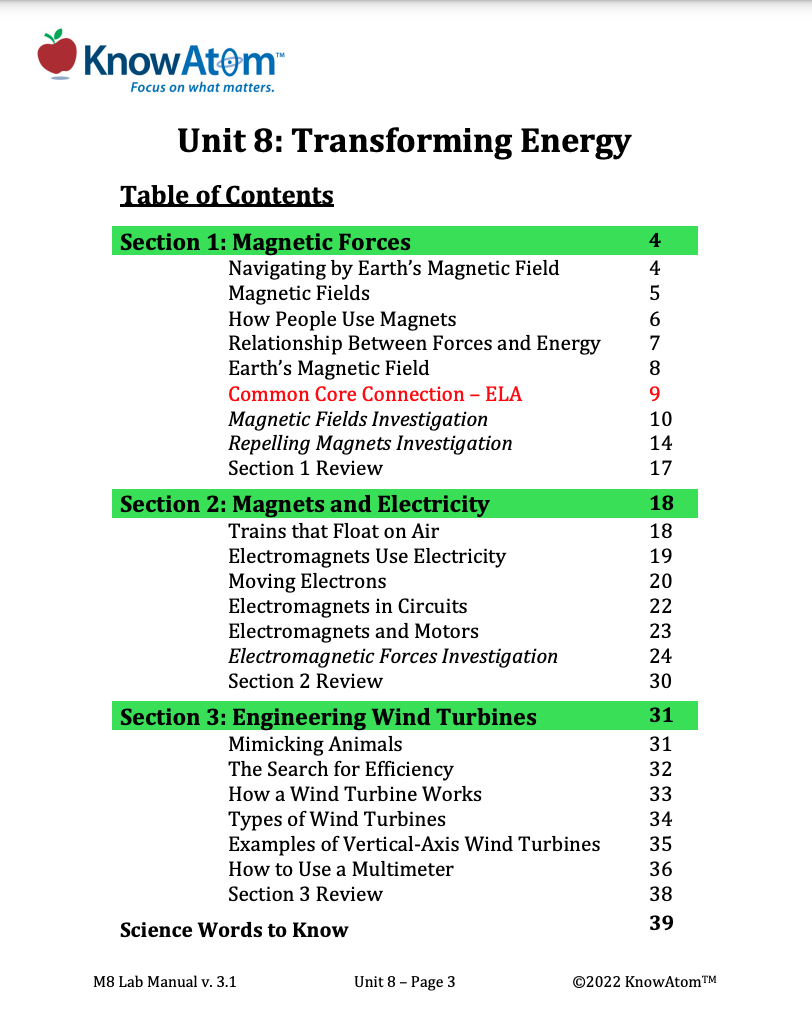
In this unit, students learn about science phenomena related to ecosystems, studying how all living things interact with and depend on other living things and the environment for survival. In this lesson, students explore how humans can create solutions to protect ecosystems by designing an engineering solution for coastal erosion.This page provides an overview of this lesson.
.png)
In this unit, students explore the interconnectedness of the living and nonliving parts of an ecosystem phenomena. In this lesson, they design an experiment to test how heat is transferred in different materials found on the rocky shore. This page provides a brief overview of this lesson.

In the second unit of Kindergarten, students explore living things on Earth. They analyze the differences between living and nonliving things and then investigate what plants and animals need to live and grow. Following this, students explore human needs and activities and how those impact the planet.
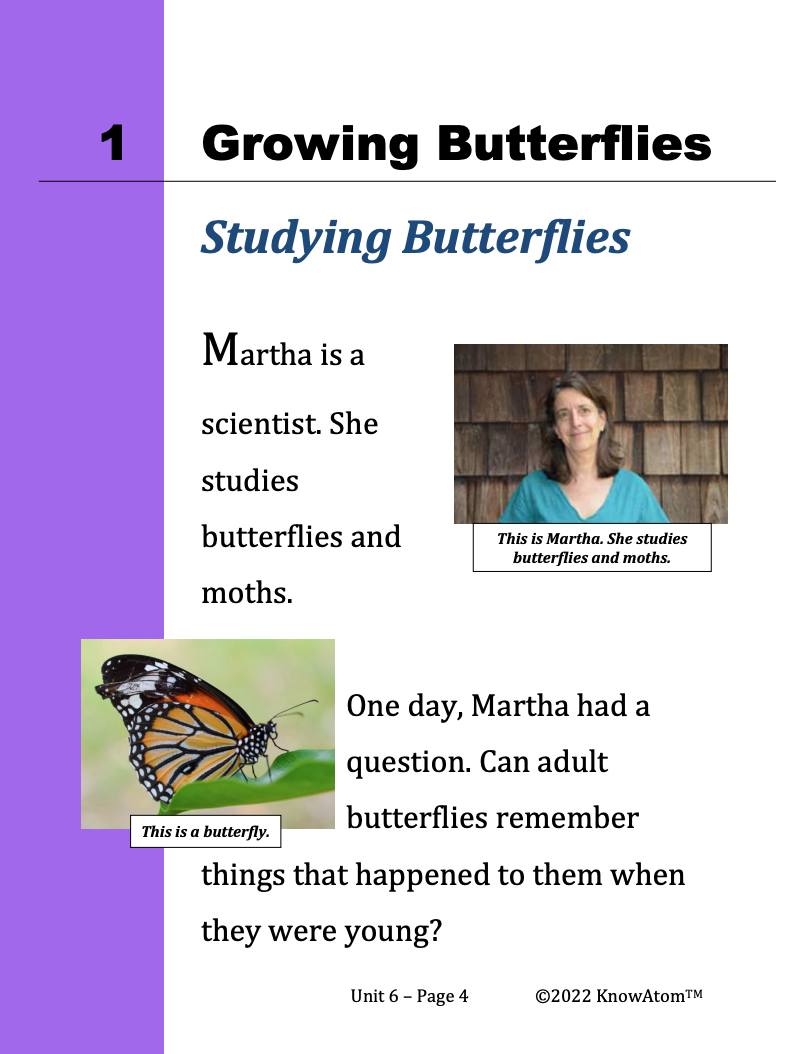
In this unit, students continue to learn about living things, focusing on animals. They begin by observing the metamorphosis of a butterfly and then model the parts of a butterfly that help it survive in its environment. This page highlights each component of lesson two in which students explore a butterfly’s body structure and function.

In this unit, students continue to explore the phenomena of living things, focusing on animals. They begin by observing the metamorphosis of a butterfly and then model the parts of a butterfly that help it survive in its environment. This page provides an overview of key components of this lesson that has students applying what they know about pollination to design a self-pollinating technology.
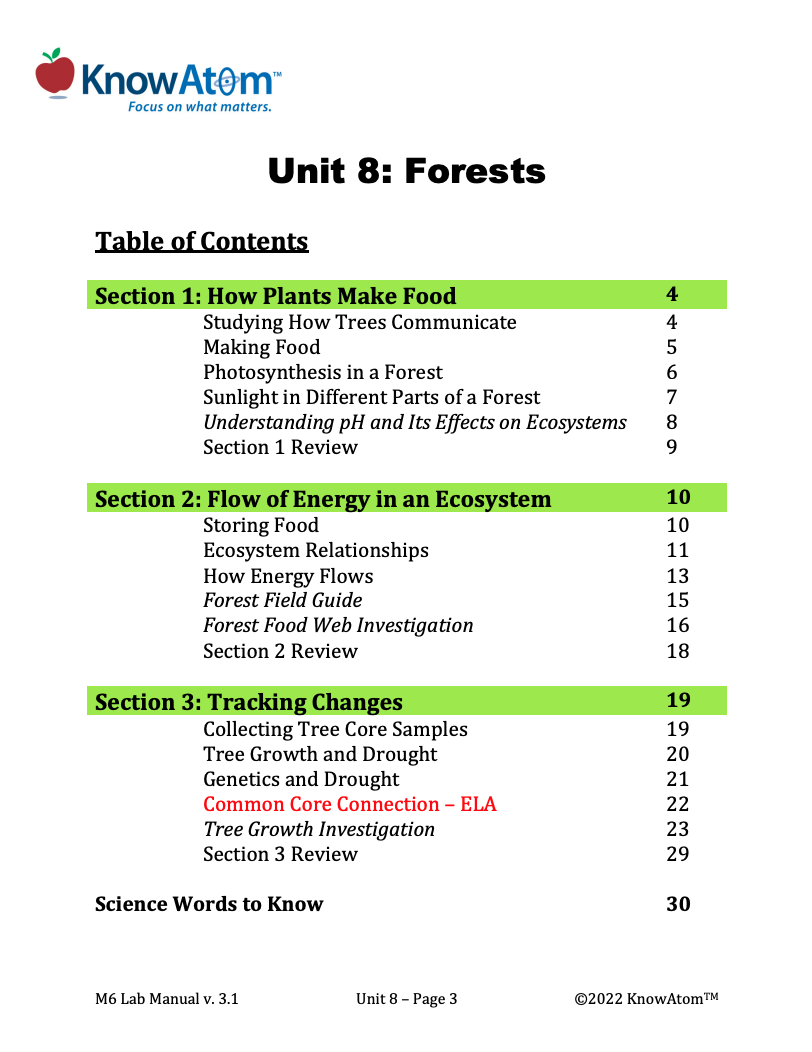
In this unit, students explore forest ecosystems, studying the science phenomena of interactions between living things and the environment. In this lesson, students build on their understanding of how energy affects the growth of organisms by exploring the phenomena of forest food webs, and analyzing how the phenomena of drought can have a ripple effect through the ecosystem. This page showcases all components of this lesson.
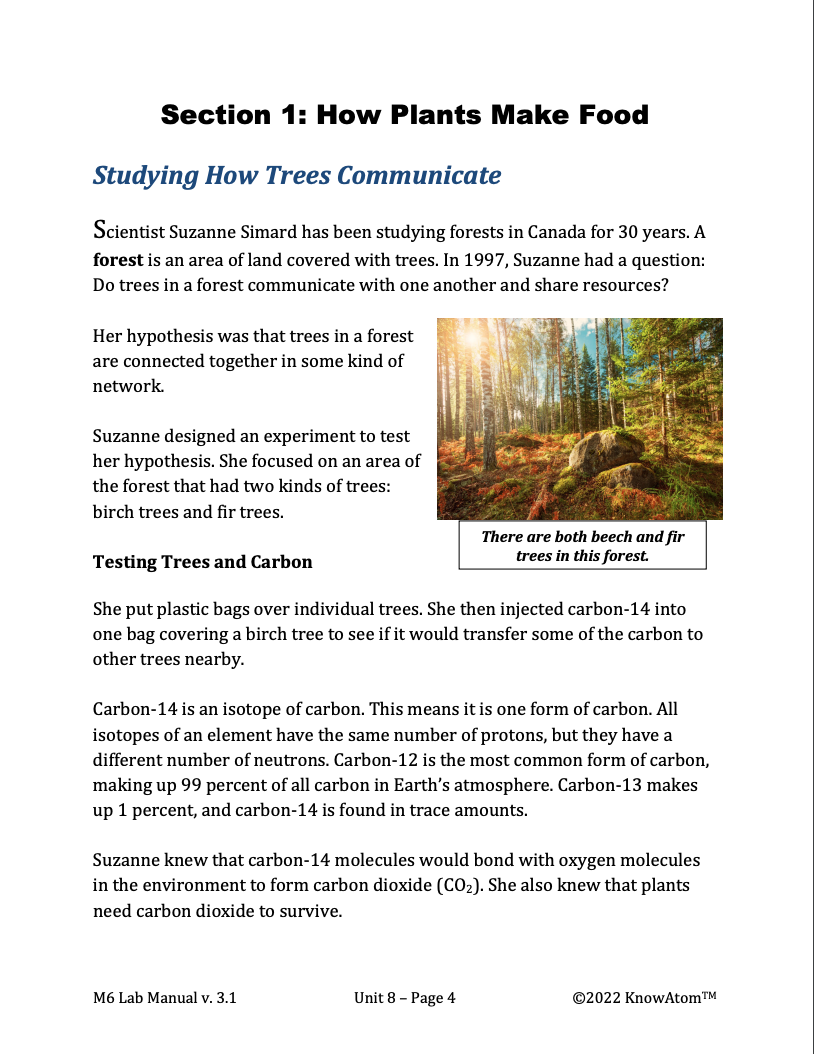
In this unit, students explore forest ecosystem phenomena, investigating the science phenomena of interactions between living things and the environment. In this lesson students discover the phenomena of tree rings and analyze how resource availability affects the ability of different organisms and populations to grow. This page is a high-level extract of this lesson.
Standards citation: NGSS Lead States. 2013. Next Generation Science Standards: For States, By States. Washington, DC: The National Academies Press. Neither WestEd nor the lead states and partners that developed the Next Generation Science Standards were involved in the production of this product, and do not endorse it.
